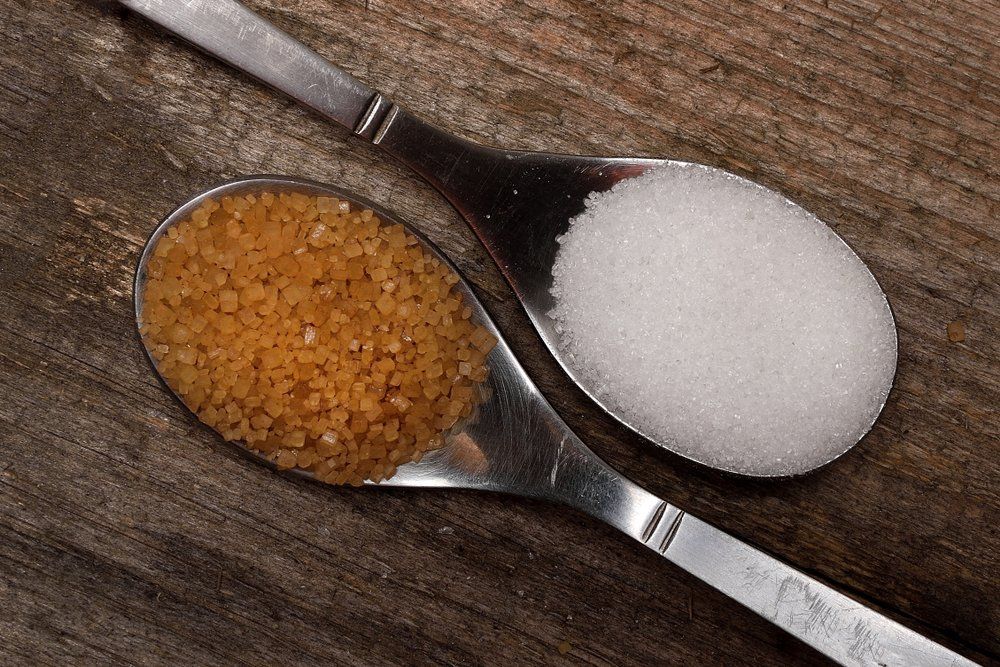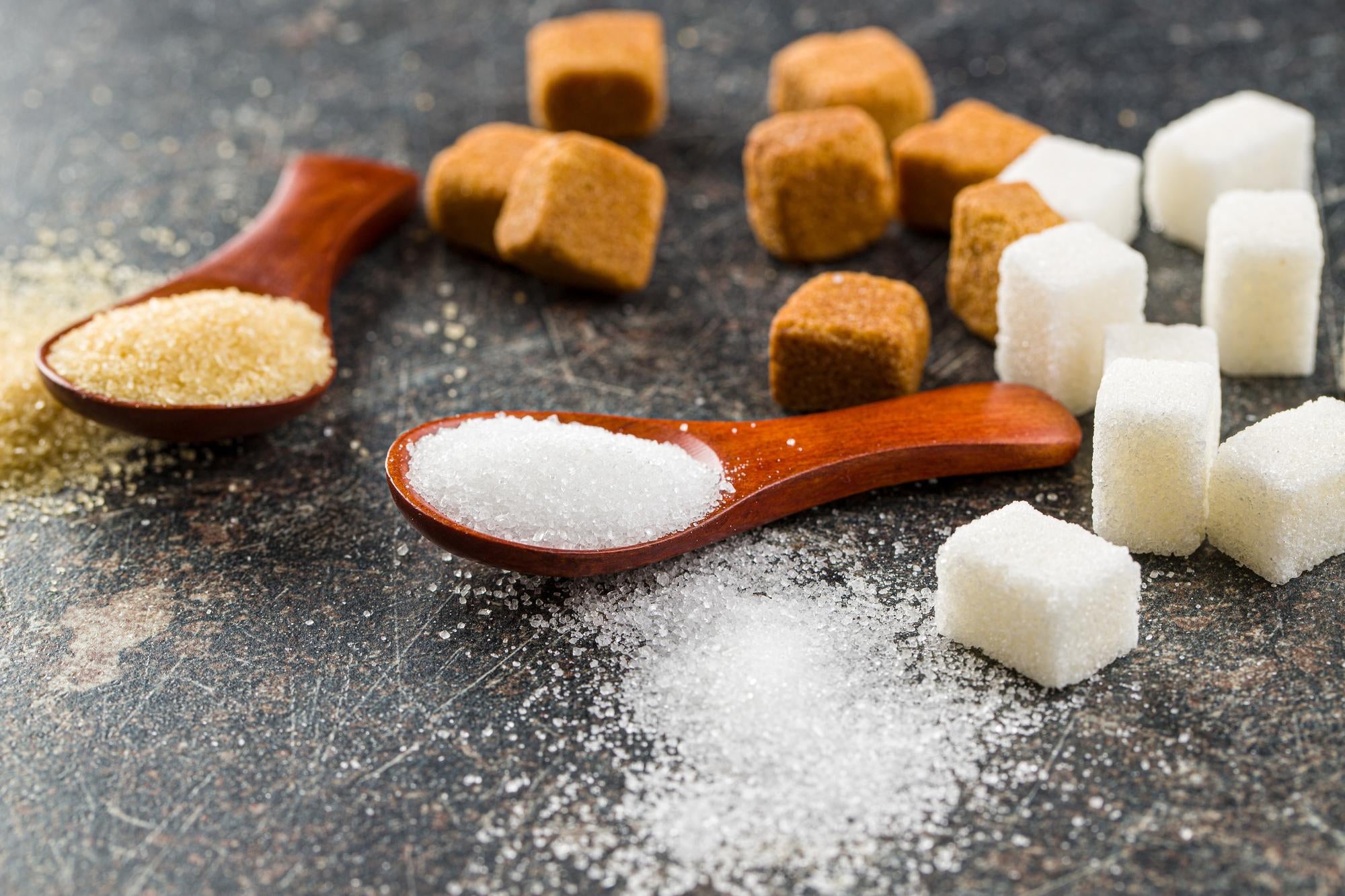The Ultimate Contrast: Beet Sugar vs. Cane Sugar Explained
The contrast in between beet sugar and cane sugar provides a remarkable expedition of two predominant sugar in the cooking world. While both sugars share a common composition of sucrose, their origins, processing techniques, and flavor accounts diverge significantly. This distinction prolongs beyond taste, influencing dietary facets and environmental influences connected with their manufacturing - beet sugar vs cane sugar. As we navigate through these numerous aspects, the implications for both customers and manufacturers end up being progressively apparent, raising an essential concern: which sugar truly reigns supreme in the complex landscape of sweetness?
Origins of Sugar Resources
The beginnings of sugar sources are largely rooted in two distinctive plants: the sugar beet and the sugar cane. Sugar cane, a tropical grass native to Southeast Asia, has been grown for over 2,500 years.
In contrast, sugar beet is a reasonably modern resource, created in Europe throughout the late 18th century as a reaction to sugar cane shortages. The plant flourishes in warm climates, making it suitable for farming in regions such as France and Germany. The successful removal of sugar from beetss noted a significant agricultural advancement, as it provided a different to cane sugar, specifically during durations of profession interruption.
Both plants have played critical roles fit the global sugar industry. Their distinctive growth settings and historic contexts show the diversity of sugar resources, eventually influencing regional farming techniques and economic growth.

Handling Techniques Discussed
Different handling techniques are utilized to extract sugar from both sugar beet and sugar cane, each tailored to the details characteristics of the resource product. When it comes to sugar beetss, the procedure begins by gathering the root and after that washing it to get rid of soil and impurities. The beetss are after that sliced right into thin strips, referred to as cossettes, and based on warm water extraction, which dissolves the sugar. The resulting juice undertakes clarification, where lime and heat are made use of to remove contaminations. This juice is after that concentrated through dissipation and crystallization, yielding raw sugar.
On the other hand, sugar cane processing involves a various approach. The clarified juice is focused via evaporation, similar to beet sugar processing, prior to formation occurs. Both procedures culminate in the manufacturing of raw sugar, which might go through more refining to accomplish the preferred pureness and high quality.
Nutritional Differences

When contrasting beet sugar and cane sugar, significant dietary differences emerge, though they are frequently subtle. Both sorts of sugar are mostly made up of sucrose, providing about the very same caloric material-- approximately 4 calories per gram. The differences exist in their trace mineral content and the presence of specific compounds that might have minimal dietary implications.
Beet sugar has little quantities of potassium, iron, and calcium, while cane sugar typically provides slightly greater focus of these minerals. Additionally, cane sugar may preserve even more all-natural molasses during processing, which can add to trace amounts of anti-oxidants and other helpful compounds. This is especially true for much less refined selections, such as raw cane sugar.
Regardless of these distinctions, both beet and cane sugars are predominantly composed of straightforward carbohydrates, with a high glycemic index, causing similar results on blood glucose degrees. While there are minor dietary differences, the general health and wellness influence of eating either type in small amounts stays greatly comparable. Individuals seeking to reduce sugar intake for wellness factors ought to think about both kinds with equivalent analysis, concentrating on general dietary patterns instead of the resource of sugar
Taste Accounts Contrasted
Preference profiles of beet sugar and cane sugar display unique characteristics that can affect their culinary applications. Cane sugar, commonly viewed as having a more complicated, nuanced sweet taste, is obtained from the high grass of the sugar cane plant.
On the other hand, beet sugar, removed from sugar beetss, is recognized for its cleaner, a lot more uncomplicated sweetness. This quality makes it particularly ideal for recipes calling for a neutral artificial sweetener that allows other flavors to beam. Some cooking experts argue that beet sugar might leave a somewhat natural aftertaste, which can be unfavorable in fragile desserts.
In addition, the assumption of sweet taste intensity ranges the 2, with some tasters determining cane sugar as sweeter contrasted to beet sugar at equivalent dimensions. Ultimately, the choice between beet and cane sugar might rely on the specific application, with each sugar offering special features that can boost or complement different dishes. Comprehending these distinctions enables informed decisions in culinary methods.

Ecological Effect
The environmental impact of sugar manufacturing-- whether from beet or cane-- has sites actually amassed boosting attention in current years because of its implications for sustainability and informative post ecological health and wellness. Both sugar resources exhibit distinct environmental impacts, affected by agricultural techniques, land use, and resource intake.
Cane sugar production frequently demands huge locations of tropical land, which can lead to deforestation and loss of biodiversity. Additionally, the farming of sugarcane is often connected with high water use and substantial chemical and plant food application, contributing to soil degradation and water air pollution.
On the other hand, beet sugar is primarily grown in temperate regions, typically needing much less water and land. Nonetheless, its growing can still entail the usage of chemical inputs, impacting neighborhood ecological communities. The energy-intensive handling of beet sugar can add to greenhouse gas emissions.
Lasting farming practices and innovations in modern technology are essential for reducing the environmental impacts of sugar manufacturing. Organic farming methods, integrated parasite administration, and reliable water usage can enhance the sustainability of both beet and cane sugar markets, inevitably leading to a lowered eco-friendly footprint and a much healthier world.
Conclusion
In recap, the comparison in between beet sugar and cane sugar highlights both resemblances and distinctions that influence their application. Cane sugar is defined by its complicated sweetness, while beet sugar offers an extra uncomplicated taste.
The beginnings of sugar sources are largely rooted in 2 distinct plants: the sugar beet and the sugar cane.Various handling approaches are utilized to extract sugar from both sugar beet and sugar cane, each tailored to the particular qualities of the source product.Beet sugar contains little amounts of iron, calcium, and potassium, while cane sugar normally supplies a little greater focus of these minerals.Regardless of these distinctions, both beet her comment is here and cane sugars are mainly composed of simple carbohydrates, with a high glycemic index, leading to similar results on blood sugar levels. Cane sugar, often perceived as having a much more intricate, nuanced sweetness, is obtained from the tall lawn of the sugar cane plant.